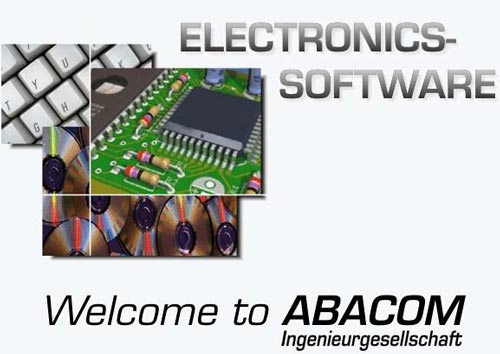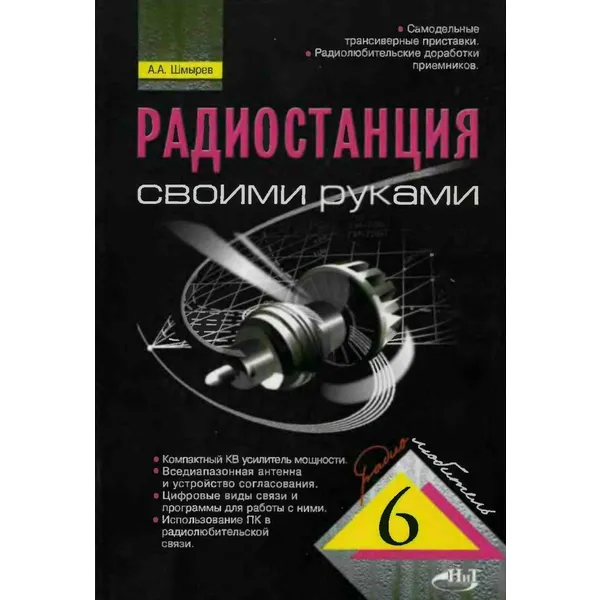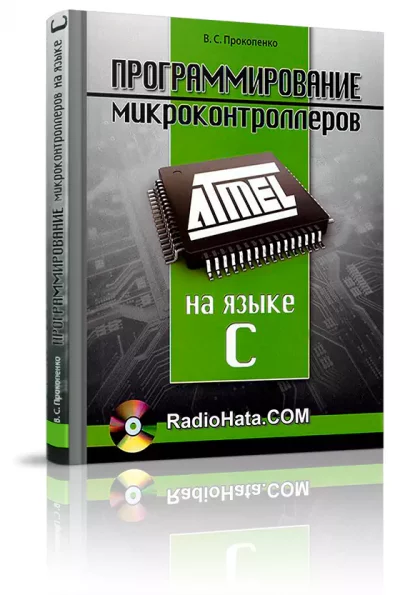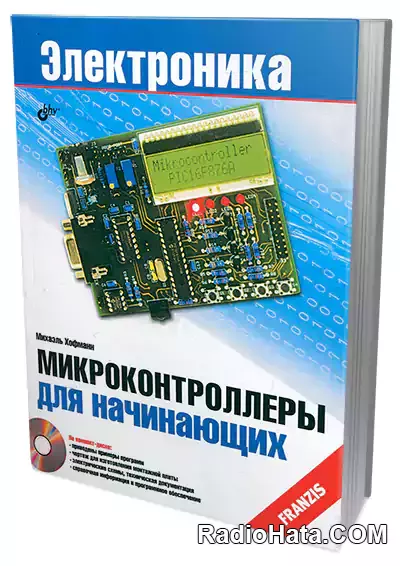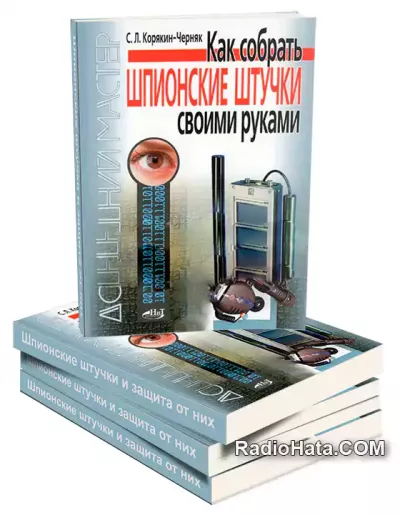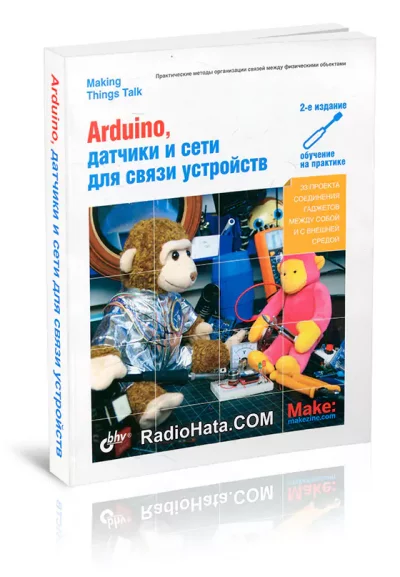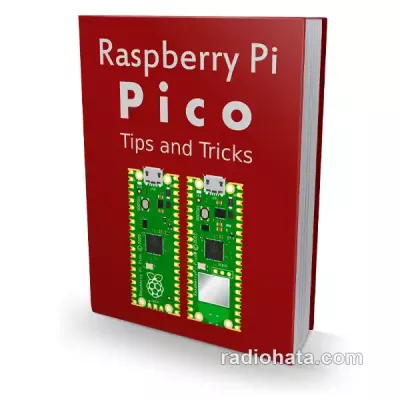Популярное
Learning C on the Raspberry Pi Pico through simple games
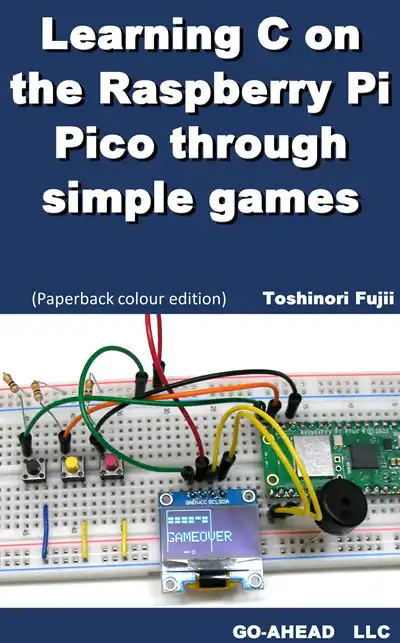
Learning C on the Raspberry Pi Pico through simple games | Toshinori Fujii
English | 2024 | EPUB | 25.1 MB
When it comes to microcontrollers, Arduino UNO, Raspberry Pi and MicroBit are used. The MicroBit is probably the least demanding of these, as the software to be written to the MicroBit microcontroller can be written in three main ways, or in blocks as in Scratch. Another commonly used microcontroller is the Arduino UNO from the Arduino series. This microcontroller is similarly available with the Arduino IDE C software, which can be downloaded free of charge. As these microcontrollers are widely used by many people, a lot of information is available on the web, and this information makes them much easier to use.
Now, the Raspberry Pi is a bit harder than these two microcontrollers. This is because the Raspberry Pi Pico-specific C software is not immediately available. Therefore, we will use the C language of the Arduino IDE to set up a relatively simple runtime environment.
This book explains the Raspberry Pi Pico and the C language by creating a game in C for those who are new to the Raspberry Pi Pico. Use this book as a starting point to learn more about Raspberry Pi Pico and the C language.
Contents:
1.Introduction
2.Raspberry Pi
2.1 Raspberry PiPicoW
2.2 Installing the C language
(1) Installing the Arduino IDE
(2) Checking programme operation
3.Raspberry Pi
3.1 Displaying "Hello World"
3.2 Displaying the four arithmetic operations
3.3 Entering and displaying characters
3.4 Calculating and displaying variables
3.5 Increment operators
3.6 Bitwise operators
3.7 Binary, octal and hexadecimal numbers
3.8 Computing real numbers
3.9 Adding a comment
3.10 Branching and repetition
3.11 Iteration
3.12 Arrays
3.13 Character strings
3.14 Function
4.Elements for the experiment
(1) LED
(2) Resistance (1/4W)
(3) Breadboard
(4) Jumper wire
(5) Piezoelectric speaker
4.2 Experiments with lighting LED
4.3 Switch experiment
4.4 Piezoelectric speaker experiments
4.5 Experiments with I2C communication
5.Easy game creation with Raspberry Pi Pico
5.1 Number guessing game
5.2 Calculator Invader game
5.3 tic-tac-toe
5.4magic square
5.5 Block puzzle game
5.6 The Tower of Hanoi game
5.7 Block-breaking games
References
2.Raspberry Pi
2.1 Raspberry PiPicoW
2.2 Installing the C language
(1) Installing the Arduino IDE
(2) Checking programme operation
3.Raspberry Pi
3.1 Displaying "Hello World"
3.2 Displaying the four arithmetic operations
3.3 Entering and displaying characters
3.4 Calculating and displaying variables
3.5 Increment operators
3.6 Bitwise operators
3.7 Binary, octal and hexadecimal numbers
3.8 Computing real numbers
3.9 Adding a comment
3.10 Branching and repetition
3.11 Iteration
3.12 Arrays
3.13 Character strings
3.14 Function
4.Elements for the experiment
(1) LED
(2) Resistance (1/4W)
(3) Breadboard
(4) Jumper wire
(5) Piezoelectric speaker
4.2 Experiments with lighting LED
4.3 Switch experiment
4.4 Piezoelectric speaker experiments
4.5 Experiments with I2C communication
5.Easy game creation with Raspberry Pi Pico
5.1 Number guessing game
5.2 Calculator Invader game
5.3 tic-tac-toe
5.4magic square
5.5 Block puzzle game
5.6 The Tower of Hanoi game
5.7 Block-breaking games
References
Download Toshinori Fujii - Learning C on the Raspberry Pi Pico through simple games
Похожие новости
Информация
Посетители, находящиеся в группе Гости, не могут оставлять комментарии к данной публикации.
-
Зарубежные журналы
-
Радиотехнические журналы
-
Книги


